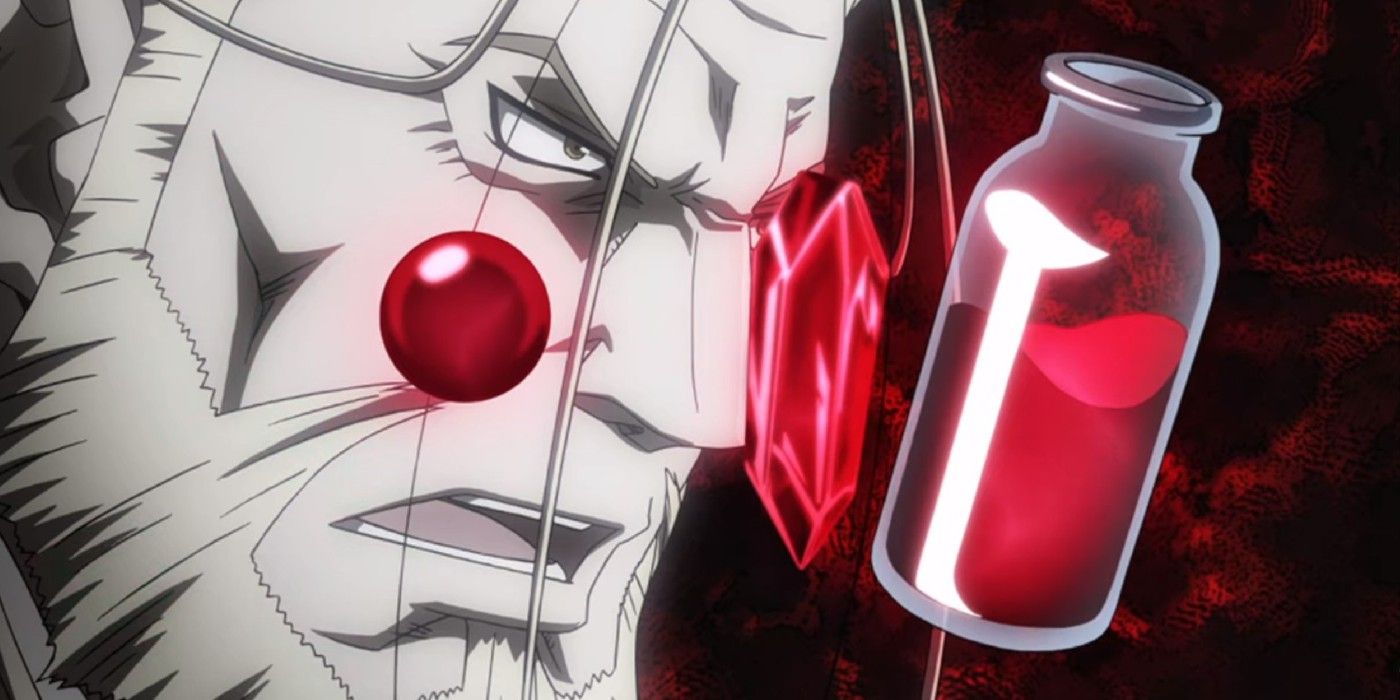Media often shares elements, even those that are intrinsic to their being. Many comic book icons share powers and origins to a ridiculous extent, and the entire genre of sci-fi/fantasy can generally be traced along the "Hero's Journey" cycle. Occasionally, however, real-life elements work their way into more than one form of media as major motivating factors -- or, in the case of the Philosopher's Stone, a brilliant MacGuffin.
The Philosopher's Stone is likely to be familiar to consumers of two very different media. For those, especially millennials, who find more of an identity in Western media, the object likely brings to mind one Harry Potter and the titular MacGuffin of his first outing, the Philosopher's Stone. For those more interested in what Japan has to offer, the Philosopher's Stone doubtless brings to mind the major impetus for the plot of the manga Fullmetal Alchemist. Regardless, the legendary rock predates both narratives by centuries, even as its general alchemical properties maintain a consistent ability throughout its various mythos.
The story of the Philosopher's Stone began millennia before modern times, though it has always been associated with the practice of alchemy. A process deeply ingrained across cultures of both the East and West, alchemy was a semi-magical precursor to chemistry. Often typified by the legendary ability to turn lead into gold, the practice was thought of as an art and a science that many, from royalty to commoners, partook in. Over the centuries, one particular element began to emerge in the writings of alchemy.
This single object, the Philosopher's Stone, became the life goal of many alchemists. It was supposedly given to the Biblical Adam and contained the ability to convert any element into another. It became a part of the symbol of alchemy, as well as of the perfection and purity of those who pursued it. It also remained legendary in its impossibility to attain and its powers -- if one could only find and keep it. Enter Nicholas Flamel, the legendary keeper of the stone. The 15th-century alchemist became the best-known keeper of the stone, and it entered with him into the modern world of fiction.
The stone appears in Fullmetal Alchemist much in the same role; it is capable of making and maintaining life, as well as converting elements. Its semi-magical properties fit in well with those of Fullmetal Alchemist in large part because the practice of alchemy is viewed as a mixture of magic and science -- a general vibe that permeates the world. In Harry Potter, the stone belongs to Nicholas Flamel and is used in potion-making to extend his life, once again a property of the stone since antiquity.
Although presented in original ways, both Harry Potter and Fullmetal Alchemist use different elements of the mythology surrounding the legendary rock to construct a narrative that's steeped in centuries of mythos while still feeling fresh and new. Much as Neil Gaiman has regarded the remixing of mythology to create new stories, the Philosopher's Stone is a mere MacGuffin within the stories it appears. However, its hundreds of years of history make the rock far more than just an element for the protagonists to chase.



